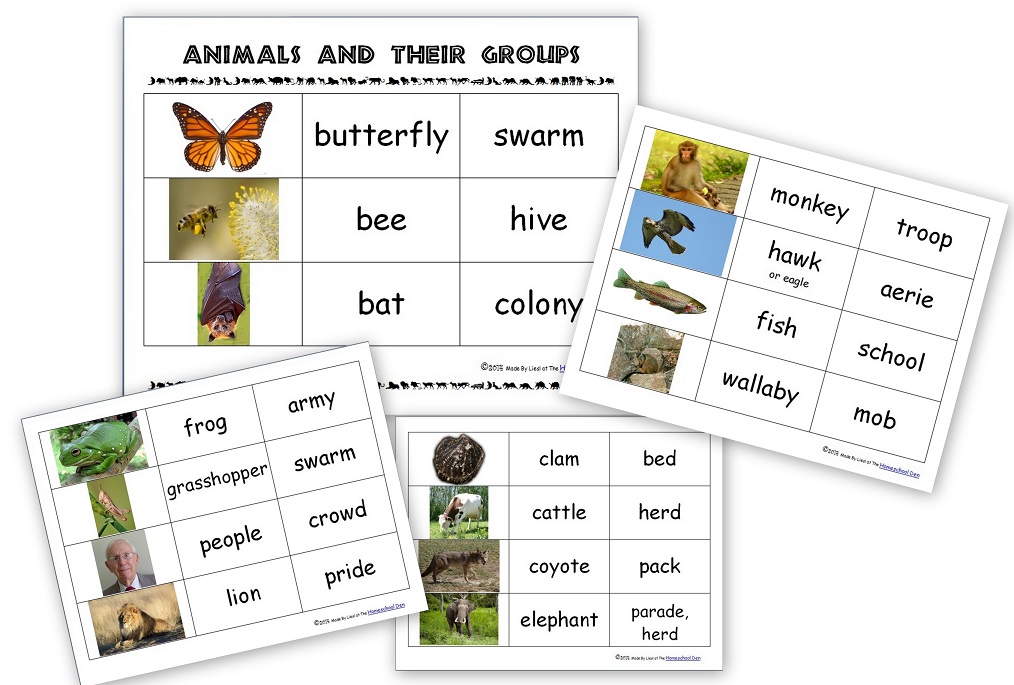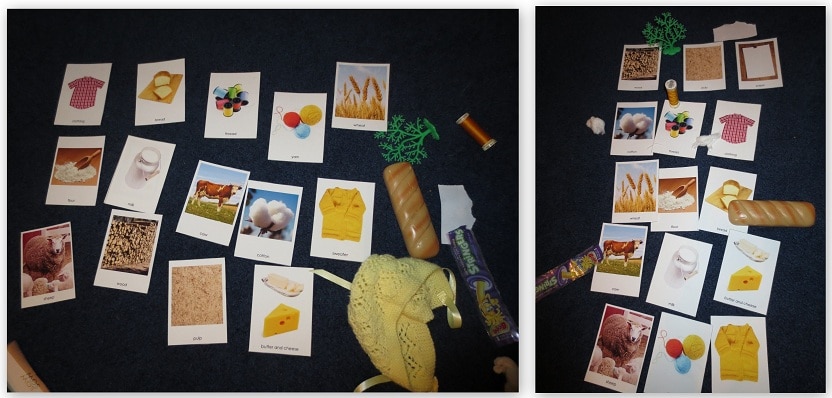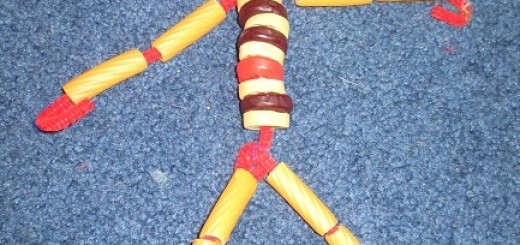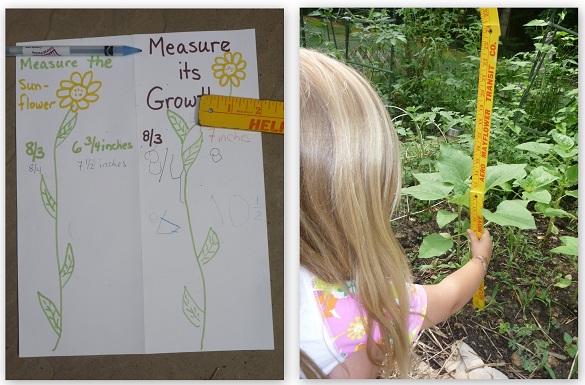Animals and Their Groups Sorting Cards (ages 5-8)
A couple of months ago, I did an animal unit with my youngest. We went over the characteristics of living and non-living things. Then we talked about vertebrates and invertebrates and finally we went over the five vertebrate groups in quite some detail. I shared the free Montessori cards I made for that part of our unit: the Montessori Vertebrate-Invertebrate cards and the sheets I made on Animals and their Characteristics....



































































